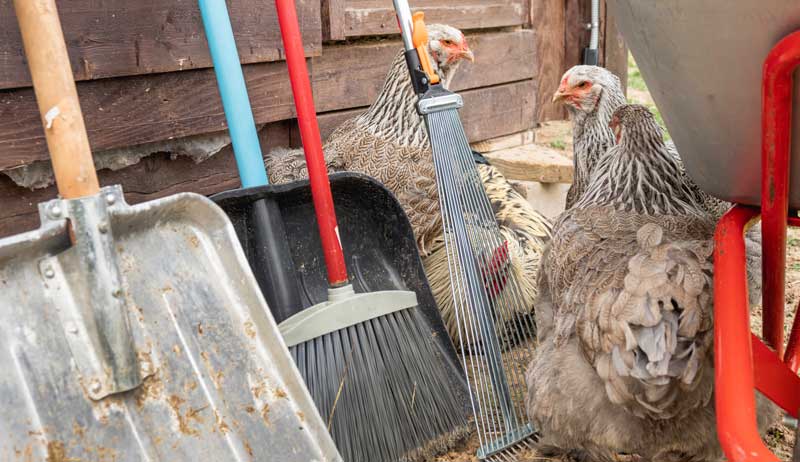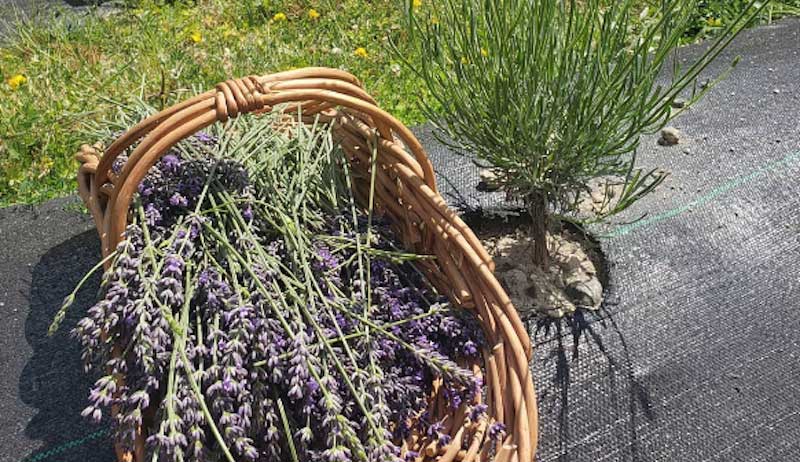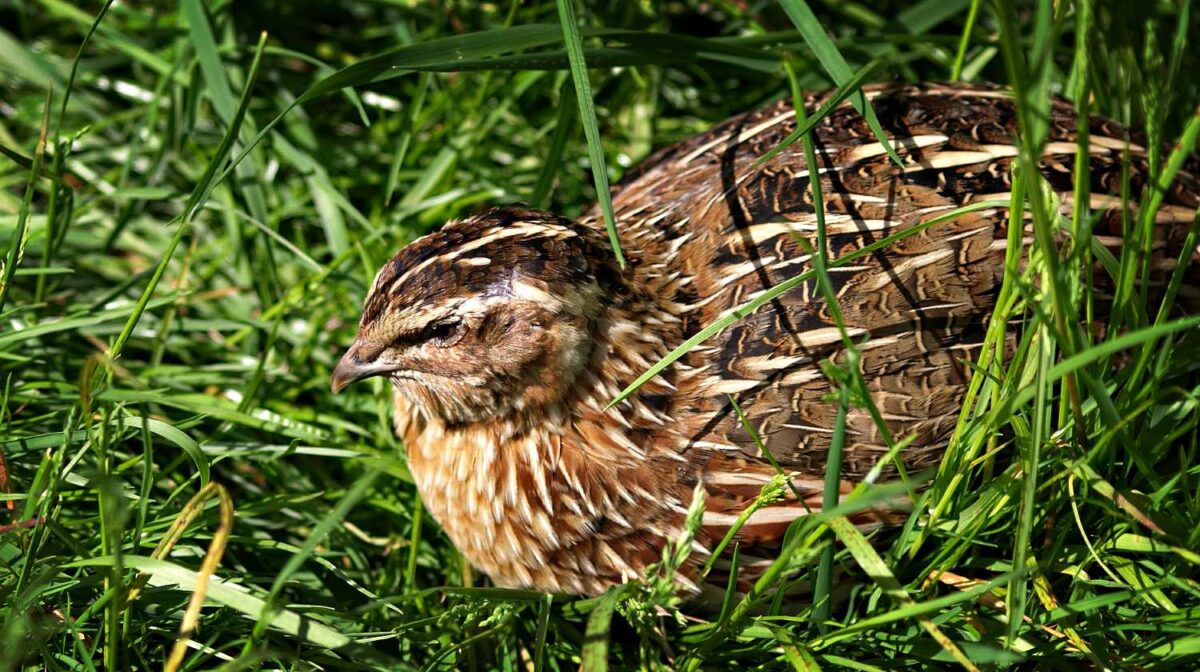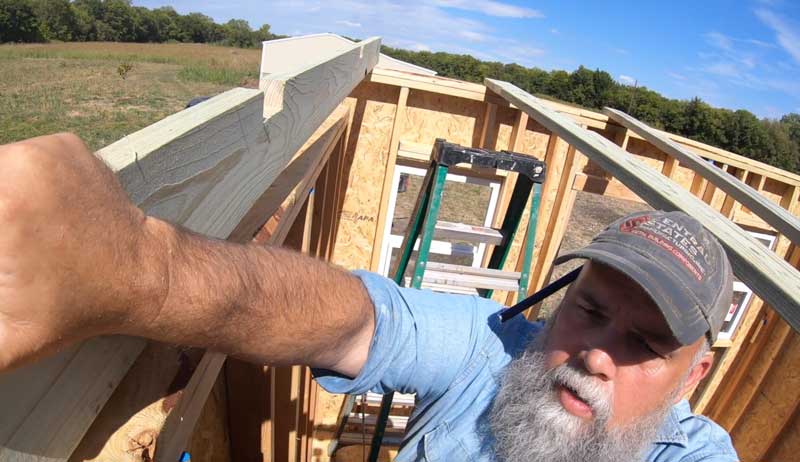Cleaning is the one thing we all dislike doing. As flock owners, we don’t just need to clean our houses. We also have to clean our chickens’ “house” too. The good news? Cleaning the coop for our chickens doesn’t have to be a drag or require much time. Just as you wash the dishes or dust the living room regularly, routinely cleaning the coop will help prevent common health concerns in your flock.
Knowing some cleaning tips can save you time cleaning your coop. So, grab a pitchfork, a bottle brush and a broom, and let’s start cleaning!
Essential Cleaning Tools
Cleaning the coop for our chickens starts with having the proper tools to do the job quickly and efficiently. To do that, you will need the following:
- Pitchfork to fork out soiled bedding
- Trash can or wheelbarrow for hauling away old straw, wood shavings, etc.
- Broom and dustpan for sweeping out dust and removing cobwebs
- Trowel to scoop out nesting box material
- Ice scraper to scrape dried manure off the coop floor
- Bottle brush to scrub waterers and feeders
- Facemask to protect against dust and other particles that can irritate your respiratory tract
Say Goodbye to Deep Litter
The deep litter method has been practiced in backyard flocks for centuries. This method of cleaning the coop consists of removing the bedding soiled by chickens once or twice a year. Instead of removing the manure, chicken keepers place more straw or wood shavings on top.
The manure will break down throughout the year and become a perfect fertilizer, ready for the garden. The old bedding is often placed in the garden to overwinter and break down to provide nutrient-rich soil for next year’s vegetables.
Yes, this may sound ideal for the gardener and flock owner. But the deep litter method can also cause some health issues for the flock.
Chicken manure breaks down into particles of dust. These particles can irritate the respiratory tract, so experts advise wearing a mask over your nose and mouth when handling chicken manure. Not only is this dust harmful to you, but it is also harmful to your chickens. And the dust from manure breakdown can cause respiratory issues in the flock as they scratch through the bedding, causing illness and even death in chickens.
The deep litter method is also known for harboring bacteria, fungi and diseases such as coccidiosis, as well as external and internal parasites. Never use the deep litter method housing hens five years or older, as these aging ladies’ immune systems may no longer be able to handle the bacteria often found in deep litter.
So what should you do instead? Remove all the bedding from the coop floor and nesting boxes weekly to keep your coop clean and chickens healthy. Depending on the size of your enclosure, this will only take a couple of minutes. Trust me, the rewards of a clean coop are worth the time it takes to clean…












